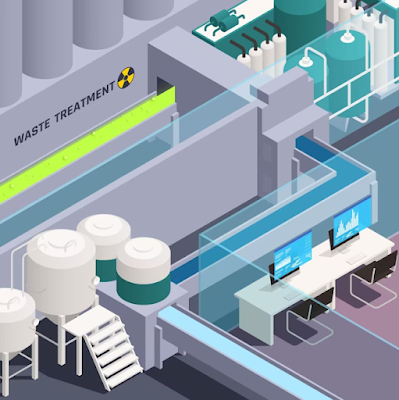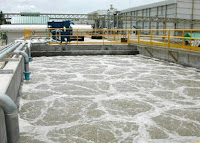The Sustainability of Sewage Wastewater Treatment Plants
Sewage treatment plants (STPs) are one of the most important aspects of proper sanitation. They ensure that our cities, towns, and villages remain clean and healthy by recycling human waste into reusable water. However, it is necessary to understand how STPs work to properly maintain them and sustain their use for future generations.
STP plants are now environment-friendly
Sewage treatment plants are now environment-friendly. The latest technology is used to treat wastewater in STP plants. This makes them more environment-friendly than ever before.
Sustainable sewer systems
Sewer systems have been around for centuries and they are sustainable. Sewage systems are a major source of water pollution. Wastewater treatment plants are an important part of a city’s infrastructure. As part of the wastewater treatment process, sewage goes through a series of steps to remove contaminants. This helps reduce odors before it is returned to the environment or reused as fertilizer or other products.
Sustainability in operation and maintenance
The monitoring and control of an STP is the key to its sustainability. Sustainability in operation and maintenance is achieved by:
Monitoring the operational performance indicators (KPIs) of the STP
Monitoring the results of laboratory tests on quality parameters such as BOD, suspended solids, turbidity, etc., assuring their compliance with set limits.
Monitoring corrosion rates for metals and other components that comprise an STP; for example, pipelines are susceptible to corrosion due to alkaline conditions within them. Corrosion can cause leaks or blockages that can lead to shutdowns for repair work or the replacement of expensive parts such as pumps or motors.
Sewage waste is recyclable and can be used in multiple ways
The first use of treated wastewater is irrigation and agriculture. Since it is free from harmful chemicals and pathogens, it can be used as fertilizer to improve soil fertility. This will help in increasing crop yields and reduce food prices for consumers. Secondly, treated wastewater can also be used for industrial purposes such as cooling towers or boiler feed water in power plants.
In addition, it can also be transferred to various industries where they may need effluent water for their production processes or cleaning machinery, etc. Another important use of treated sewage is energy generation through biogas production systems (i.e., anaerobic digestors). In these systems, organic matter present in biosolids such as food scraps is converted into methane gas that can then be used either directly or converted into electricity through combined heat and power systems (CHP)
Challenges of Sustainable Wastewater Treatment
One of the biggest challenges is the cost of treatment. With so many plants at different stages of development. They all have different requirements, it’s difficult to create a comprehensive R&D program capable of addressing all aspects. Since wastewater is such a huge problem in many parts of the world. They can be quite costly to treat. Many people don’t have access to safe drinking water or sanitation. Unless they make affordable sustainable sewage treatment systems for them.
Conclusion
Wastewater treatment is a complex process that requires the cooperation of many professionals to function properly. The sustainability of this system depends on good planning, maintenance, and technology innovation. If you want to know more about water treatment companies in India, then you can visit H2O Bazaar. Get all the latest information on water treatment companies in Chennai. Click to find out more about water treatment products.
.jpg)


Comments
Post a Comment